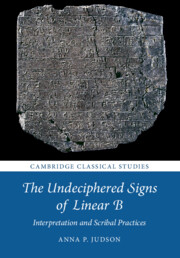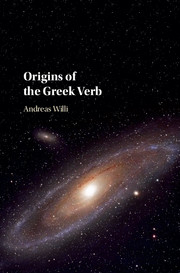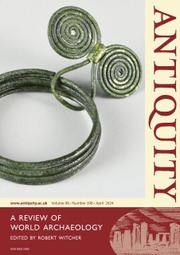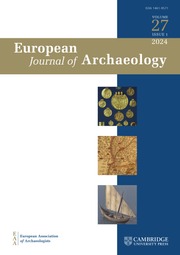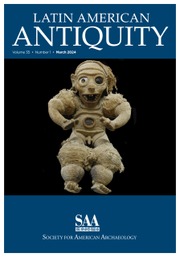Aegean Linear Script(s)
When does a continuum become a divide? This book investigates the genetic relationship between Linear A and Linear B, two Bronze Age scripts attested on Crete and Mainland Greece and understood to have developed one out of the other. By using an interdisciplinary methodology, this research integrates linguistic, epigraphic, palaeographic and archaeological evidence, and places the writing practice in its sociohistorical setting. By challenging traditional views, this work calls into question widespread assumptions and interpretative schemes on the relationship between these two scripts, and opens up new perspectives on the ideology associated with the retention, adaptation and transmission of a script, and how identity was negotiated at a moment of closer societal interaction between Cretans and Greek-speaking Mainlanders in the Late Bronze Age. By delving deeper into the structure and inner workings of these two writing systems, this book will make us rethink the relationship between Linear A and B.
- ddot; Proposes a new framework of interpretation for the relationship between Linear A and Linear B · Shows how linguistics and archaeology are intrinsically related and intertwined in the study of inscriptions, as inscribed objects are both archaeological artefacts and carriers of written texts · Illustrates the implications of an interdisciplinary approach for our understanding of the historical context of the Bronze Age Aegean, in the absence of any contemporary literary evidence
Product details
May 2022Paperback
9781108742672
436 pages
276 × 202 × 23 mm
1.04kg
Not yet published - available from February 2025
Table of Contents
- 1. Introduction and theoretical framework
- 2. What does Linear A look like?
- 3. What does Linear B look like?
- 4. Interpretative models
- 5. Overall Conclusions


